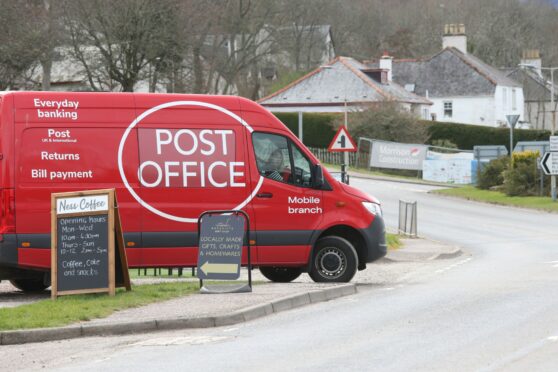
Post Office bosses have been accused of abandoning rural communities after it emerged one in 10 of their facilities across Scotland is just a dot on a map visited by a mobile unit for as little as 30 minutes a week.
One in four post offices across Scotland is now no longer housed in a dedicated building, but is either a van or outreach facility in a building such as a public library or community centre.
Infrequent opening hours have seen local businesses and communities lose a vital facility, increasing rural isolation in the process.
Charity Age Scotland has raised concerns about the closure of regular, fixed branches.
It said: “There are large areas of Scotland whose access to the Post Office is now limited to mobile services with restricted availability.
“It’s pretty hard to offer the same service or quality to customers on this basis and there is no doubt that these places have lost something special to the fabric of their community.”
The reality of rural post office branches is revealed in information obtained by the Sunday Post under Freedom of Information laws. Scotland has 1,330 post offices, of which 306 are outreach branches. These include 139 mobile stopping points where a Post Office van visits, usually once a week.
The proportion of post office facilities which are not traditional branches is higher in Scotland, at 24%, than in the UK as a whole, which is 16%.
The Scottish Women’s Institute (SWI) has also expressed concern about the decline of full-time post offices and its impact on communities, and particularly women.
It said: “With the gradual erosion of services such as banks and post offices, communities around Scotland are being put under pressure.”
The Glencoe post office in the Highlands is open three hours a week while its namesake in rural Australia serves customers five days, and on a Saturday.
Both villages have populations of less than 1,000, many of whom are dependent on the post office for vital banking, posting parcels and other services.
Scores of sub post offices at risk across Scotland amid falling revenues and rising costs
A report last year by Citizens Advice found that while UK post office numbers remained steady at 11,600, access has been affected by a rise in part-time outreach services and high numbers of temporary closures.
The study also found that those in lower income groups and older people were much harder hit by the closure of these facilities.
People on lower incomes are the biggest post office customers, along with those aged over 65.
Some sub-postmasters say they are now subsidising branches with income from adjoining shops and cafes.
Seven out of 10 sub-postmasters now earn below the minimum wage, according to their industry body, while many outlets depend on a second income stream.
A recent report by the London School of Economics says that, nationally, the post office generated an economic impact of £4.7 billion across the UK annually.
For every £1 spent by the post office, £1.51 is generated across the wider economy. However, 5,000 branches have closed since 2015. Calum Greenhow, chief executive officer of the National Federation of Sub Postmasters, said rural communities and post offices were suffering death by a thousand cuts.
He said: “The impact on rural communities is greatest because they have a greater reliance on their post offices. The impact of very limited hour branches is on those who need it most.
“Some rural branches are now pinpoints on a map but are counted at the part of the 11,500 branches UK wide. Only 9,500 offer full services.
“The challenge for the UK Government is to properly fund and support post offices nationwide.”
Branches have suffered from the government diverting business like TV licences online, by-passing the income post offices gained to help them stay viable.
Greenhow, who has a post office in West Linton, near Edinburgh, said when he took over his branch in 1995 business and post office income was split 60/40 in favour of the post office.
He said: “Now it’s 75/25 in favour of our adjoined grocery.
“There are six post offices closing every week in the UK and many sub postmasters are only staying open because they are bearing the financial and emotional burden of providing a vital local service. This impacts on their health.”
The Post Office said: “We have over 1,300 post offices located across Scotland from the Highlands and Islands to urban areas. In more remote, rural communities there is simply not the demand or sometimes even the physical premises to sustain a Post Office branch for several days of the week. We operate outreach branches so that local communities can still access our services one or two times a week.
“For some, this is sufficient and people like knowing that on a set day of the week at a set time, their familiar postmaster will visit with their van and they can send their letters and parcels or do their banking. All of our vans have stairlifts which can be used by people with mobility issues. With our limited funding, we need to ensure we prioritise maintaining access in the areas our communities and customers need it most.”
Delivering for the locals: ‘It’s nice, but I do miss the community aspect of a post office’
For one hour each week, the cheery red van parked in the lay-by off the B862 becomes the Post Office for the village of Dores on the shores of Loch Ness.
Through the week, it’s also the Post Office for Evanton in Easter Ross, Rosehall in Sutherland and Munlochy on the Black Isle – plus six other areas without a permanent bricks-and-mortar site.
For these Highland communities, it’s a welcome visitor providing most of the services you’d expect from a Post Office.
There’s often a queue at the lay-by as residents – and the occasional tourist – post letters and parcels, buy stamps and electricity cards and withdraw cash.
By its nature, however, a van can’t replicate the role a permanent Post Office plays in a small community – particularly somewhere like Dores, where there’s no shop.
The former Post Office, run by the late Lily King from a cupboard in her home, was a place where customers enjoyed a chat.
They included Ella MacRae, 78, who remembers the cupboard fondly but is now a loyal customer of the van.
She said: “I’m here most weeks for electricity cards, stamps and posting parcels. I use it like I would have used my bank.
“Lily was open three days a week and there was always other people there. You’d always meet somebody. You’d discuss recipes and maybe a headline in the paper.
“I miss the community aspect. It was nice – you could have a sit down if you wanted. It’s a miss, but an awful lot of people didn’t use it. It was busy at Christmas because people came out from Inverness to avoid the queues there.
“But the van gives a good service – the girls are all nice.”
Lily was postmistress from 1994 to 2021. Her official hours were Monday, Tuesday and Thursday from 10am to noon but, unofficially, she’d open at all hours for those who needed it.
Her ex-husband Norrie Donald, 89, whose home still displays the Post Office logo on the cupboard door, believes a permanent site would be better than a van.
He said: “OAPs stand out in the cold and rain. Here, they came in and sat down. Some days there was seven or eight of them. They’d come in for their pension and have a cup of tea and get a good gossip. There was a community spirit about it and it’s been a big loss.”
The mobile van, however, couldn’t be handier for Sheila Fraser, 59, helping husband Alyn, 64, at his Ness Coffee takeaway business just feet away.
Between serving drinks and cakes she said: “The van is well-used and I’ve seen tourists in it looking around. The ladies who run the van are lovely. You can phone ahead, say, if you need extra fivers, and they will bring them.
“I’ve bought plain white labels there, got change, things like that – and I just go in to see how they are.”
Enjoying a chat with customers this week was Post Office assistant Aileen Wilson, 50, of Dingwall, who threw open the doors of the van at 11.45am sharp.
“They’re usually happy to see you and delighted to get what they want. You hear all the stories.”
A man with more stories than most is Steve Feltham, 60, the full-time Nessie hunter who lives in a former mobile library on the shores of the loch and is now a tourist attraction in his own right.
He makes models of the legendary water-beast and posts them at the van.
“I try to use it every week,” he said. “It’s a lot better than nothing.”

Enjoy the convenience of having The Sunday Post delivered as a digital ePaper straight to your smartphone, tablet or computer.
Subscribe for only £5.49 a month and enjoy all the benefits of the printed paper as a digital replica.
Subscribe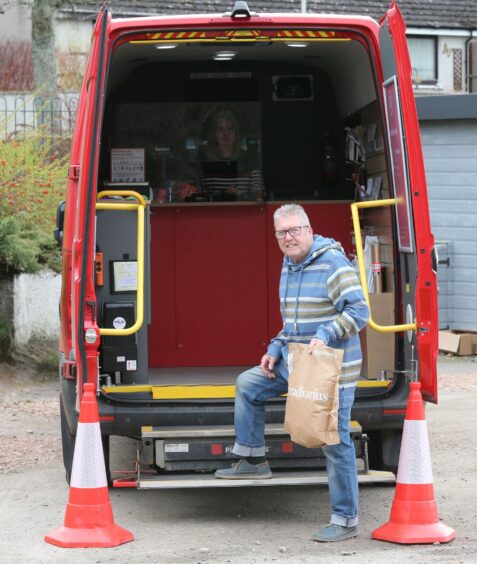 © Peter Jolly
© Peter Jolly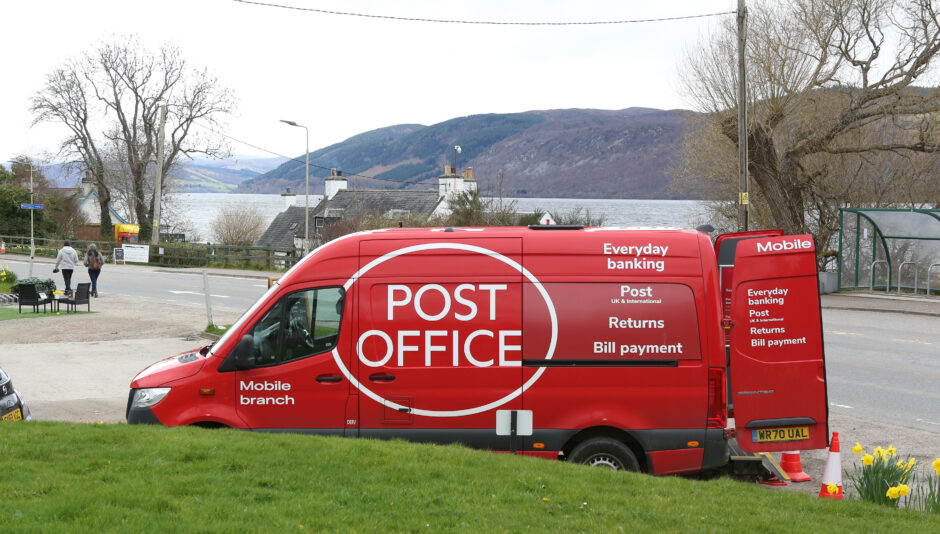 © Peter Jolly
© Peter Jolly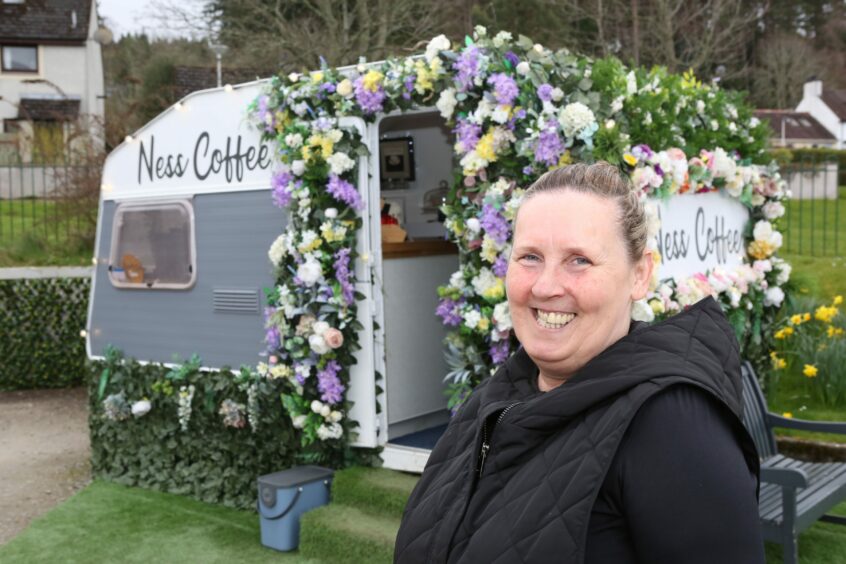 © Peter Jolly
© Peter Jolly 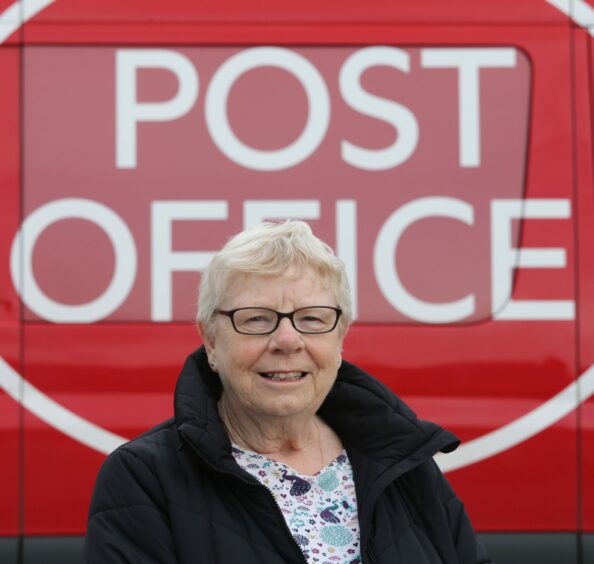 © Peter Jolly Northpix
© Peter Jolly Northpix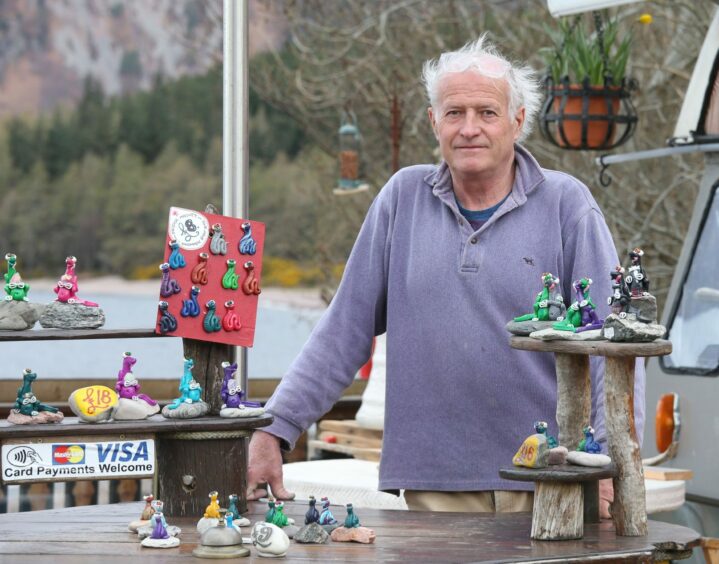 © Peter Jolly
© Peter Jolly